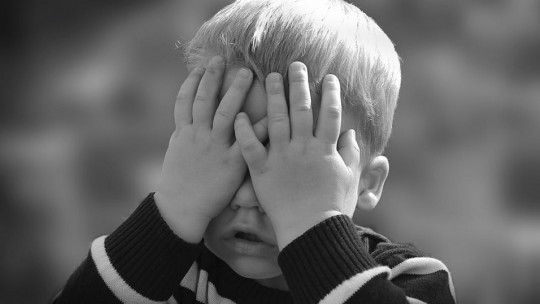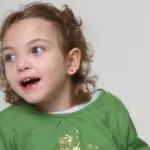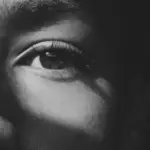
Diagnostic classifications categorize autism spectrum disorders in different ways. Thus, the DSM-5 eliminates the distinction between Kanner or classic autism, Asperger syndrome, Rett syndrome and childhood disintegrative disorder present in the fourth edition of the manual, while The ICD-10 includes the diagnosis of “Atypical Autism”.
In this article we will explain the basic characteristics of this variant of autistic disorder. The diagnostic category is primarily used to describe forms of autism in which symptoms are mild, uncommon, or simply do not occur in all areas or the age of onset does not correspond to the classic age.
Autism spectrum disorders
Autism spectrum disorders are characterized by deficits in communication and social interaction and alterations in behavioral patterns ; Specifically, repetitive behaviors and restricted interests tend to occur. Intellectual functional diversity, developmental delays and sensory problems also frequently appear.
The fifth edition of the Diagnostic and Statistical Manual of Mental Disorders (DSM-5), which is used as a reference by many clinical psychologists but has received a great deal of criticism, redefined the pervasive developmental disorders described in the DSM-IV in a single category: Autism Spectrum Disorder.
Both the DSM-IV and the tenth edition of the International Classification of Diseases (ICD-10) divide autism spectrum disorders or pervasive developmental disorders into different diagnoses: childhood autism or autistic disorder, Asperger and Rett syndromes, and childhood disintegrative disorder.
Both classifications also include an extra category; In the case of the DSM-IV it is the catch-all “Pervasive developmental disorder not otherwise specified”, which roughly corresponds to the diagnosis of “atypical autism” described in the ICD-10. Let’s see what this disorder consists of.
What is atypical autism?
The ICD-10 defines atypical autism as a pervasive developmental disorder that does not meet the diagnostic criteria for autism ; This includes cases in which symptoms and deficits manifest after the age of 3 or do not occur in the three classic areas of autism: social interaction, communication and restricted, repetitive or stereotyped behavior.
According to this manual, atypical autism appears mainly in people with severe intellectual deficits whose low level of functioning prevents certain behaviors, as well as in others with serious receptive language disorders. As we will see later, research suggests that these cases can be classified into three distinct subgroups.
There is some debate around the specific characteristics of this form of autism. While some experts describe it as a mild variant classic autism, others consider that its clinical characteristics and the relationship with other disorders mean that atypical autism deserves to be considered as a differentiated disorder.
In general, it seems that studies indicate that the average severity of cases of atypical autism would be between that of classic autism and that of Asperger’s syndrome, which is associated with better social and cognitive functioning. However, given its diagnostic characteristics, atypical autism is an entity made up of very diverse cases.
Atypical autism subgroups
A study by Walker and other authors (2004) published in the “Journal of the American Academy of Child & Adolescent Psychiatry” compared the level of functioning of children with autistic disorder, Asperger syndrome and atypical autism.
This research team identified three distinct subgroups who met the diagnostic criteria for classic autism, in addition to finding that in general it is a mild variant of classic autism.
1. With limited stereotypies
The most common subgroup of atypical autism, which encompasses more than 50% of cases, is girls and boys who meet all the diagnostic criteria for autistic disorder but who present reduced signs in the area of repetitive behaviors. This means that social deficits are much more significant than stereotypies and interest restrictions.
2. Incomplete autism criteria
According to this research, 25% of people with atypical autism have symptoms and signs in the three areas relevant to the diagnosis (communication, interaction and stereotyped behaviors), although they are not marked enough to meet the criteria. This subgroup would include many cases of autism with severe intellectual deficit.
3. High functioning
The third set of cases bears similarities to Asperger’s syndrome: It is characterized by relatively normal language functioning, but this diagnosis cannot be made because there is a delay in linguistic development and/or relevant cognitive deficits. The proportion of this subtype is also about 25%.








